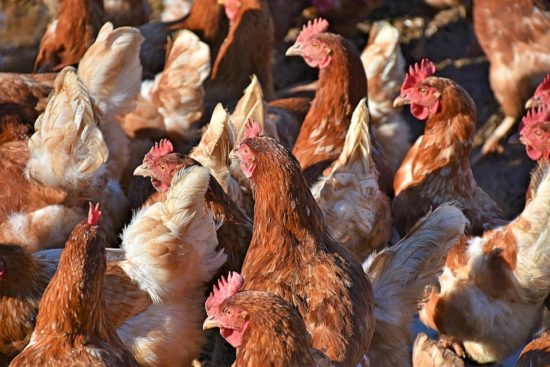Policy implications for awareness gaps in antimicrobial resistance (AMR) and antimicrobial use among commercial Nepalese poultry producers
Nepal’s poultry industry has increased with a growing middle class, which has translated to an increase in antimicrobial consumption and thus a rise in antimicrobial resistance (AMR). Describing and understanding antimicrobial use practices among commercial poultry producers in Nepal may help minimize the risks of AMR development in both humans and animals and determine the effectiveness of relevant policies.
Many Nepalese poultry producers lack overall antimicrobial use and AMR awareness, which is evidenced by low antimicrobial withdrawal period compliance, use of antimicrobials for growth promotion, and the sustained use of critically important antimicrobials. Improved outreach and educational capacities, paired with increased veterinary resources and extensive monitoring in operations and retail meat products, may increase AMR awareness and policy enforcement.
AMR NEWS
Your Biweekly Source for Global AMR Insights!
Stay informed with the essential newsletter that brings together all the latest One Health news on antimicrobial resistance. Delivered straight to your inbox every two weeks, AMR NEWS provides a curated selection of international insights, key publications, and the latest updates in the fight against AMR.
Don’t miss out on staying ahead in the global AMR movement—subscribe now!







